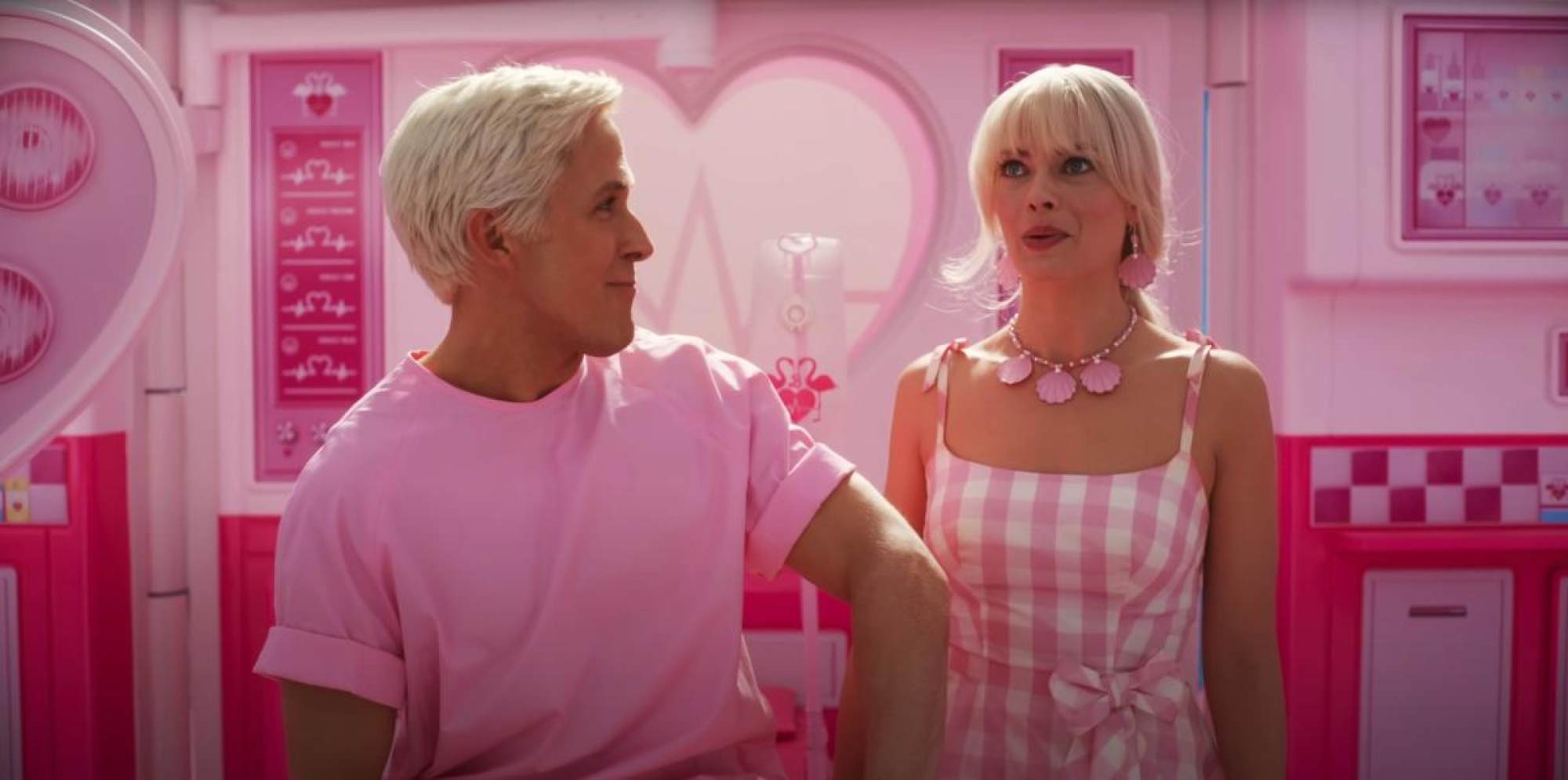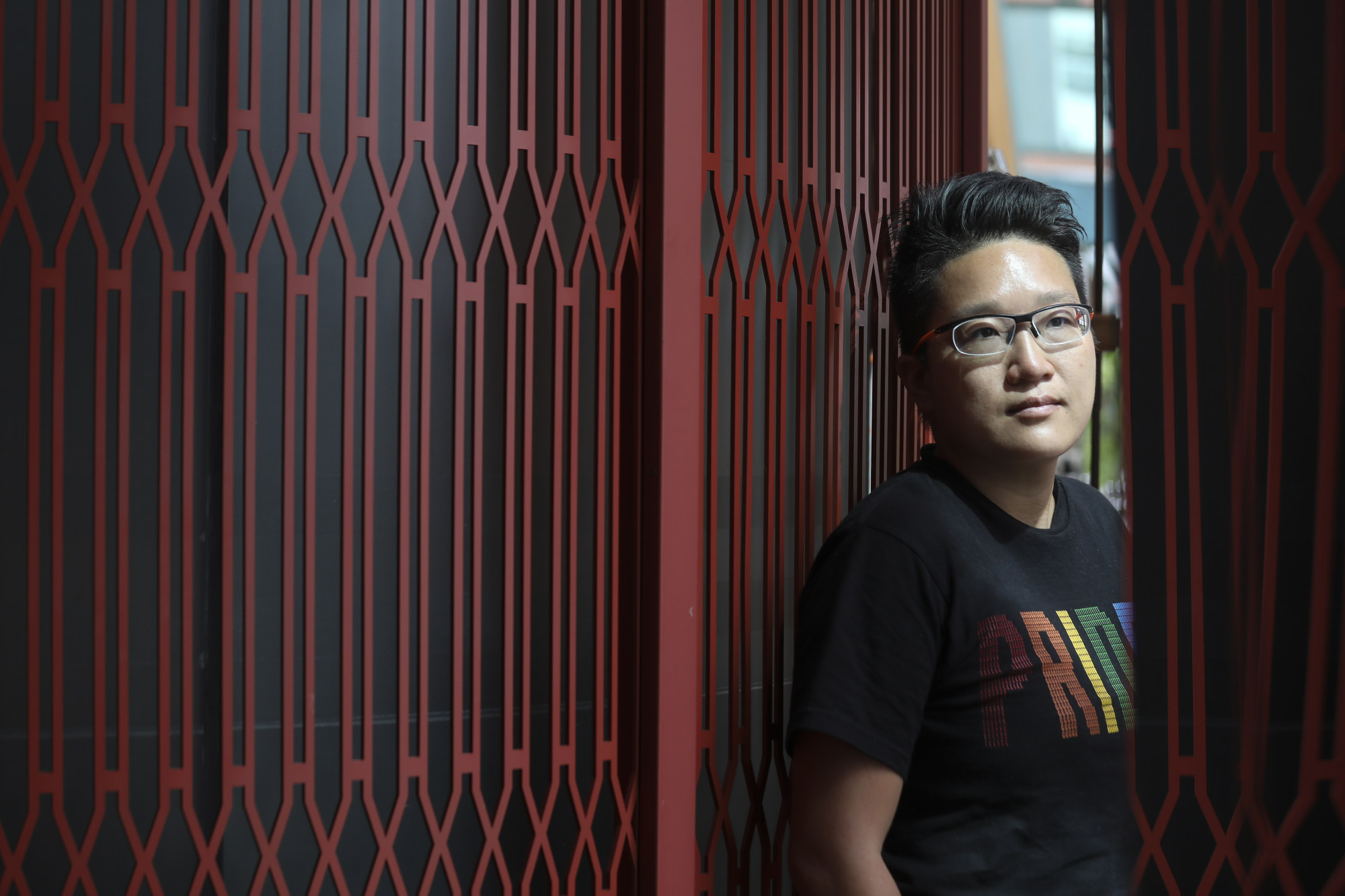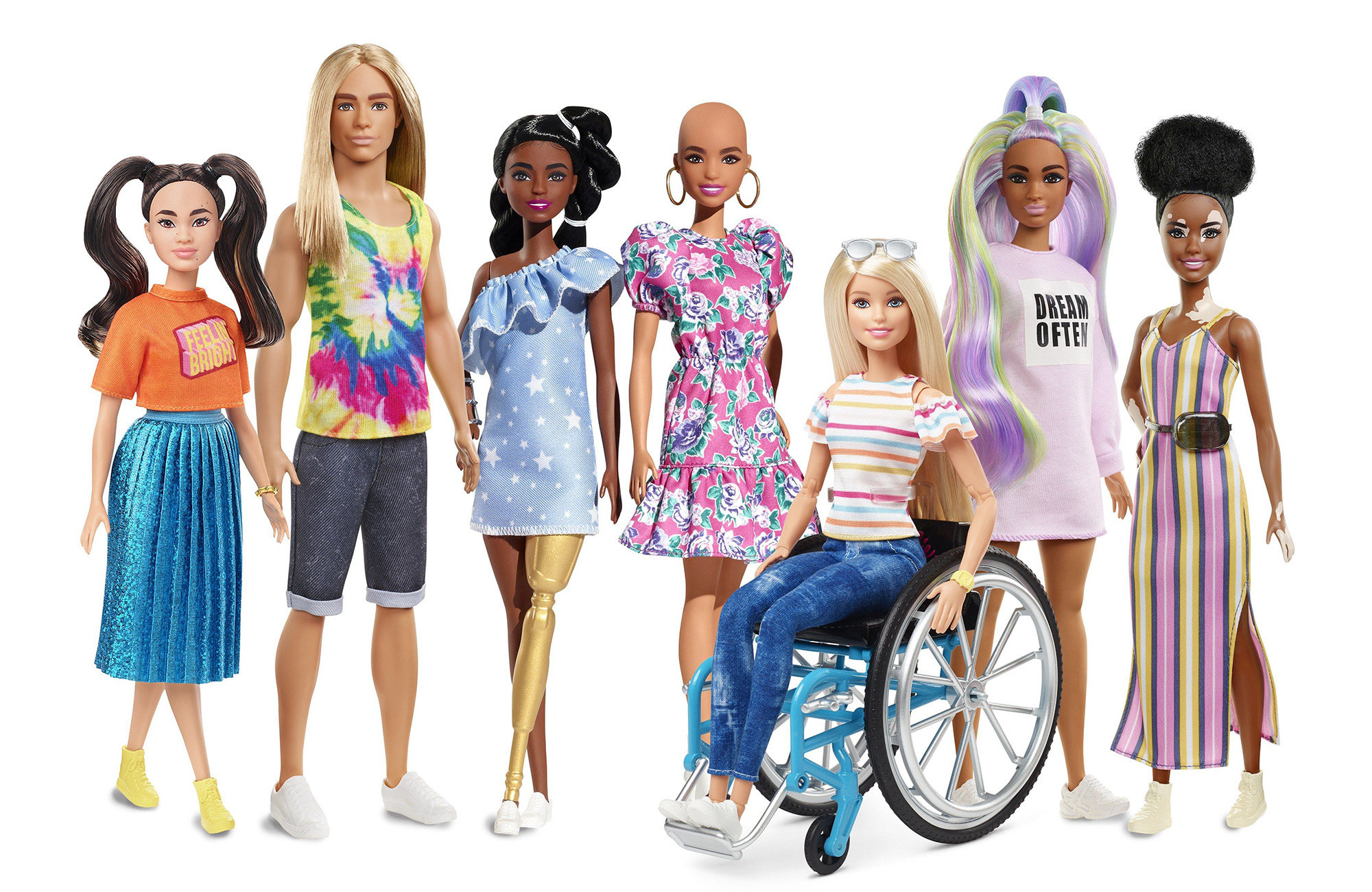Unless you have been living under a rock, you will have noticed that the world has been gripped by Barbiemania, fuelled by the film starring Margot Robbie as the titular character and Ryan Gosling as Ken.
The film has also sparked conversations about feminism and patriarchy, and Benita Chick Ben-yue, founder of social enterprise Encompass HK, which encourages diversity and inclusiveness in the workplace, wants Hong Kong to jump on the pink bandwagon.

“Whether you like the film or not, it makes you reflect on how it challenges traditional gender roles and empowers women,” says Chick.
To help unpack some of the issues, Chick is hosting “Barbie: Unboxing Patriarchy – A Feminist Reflection” at the Playground.work co-working space in Sheung Wan on September 20.
From the classroom to the street, LGBTQ rights advocate’s diversity message
From the classroom to the street, LGBTQ rights advocate’s diversity message
Growing up in Hong Kong, Chick was not a fan of Barbie. Even at a young age she could see that the long-legged, blue-eyed, blond-haired doll with a tiny waist and topple-over breasts was sending the wrong message.
“My aunt gave me a Barbie but I never played with it because I didn’t like the way it objectified women,” says Chick.
Many have felt the same way, and since the 1959 launch of the first Barbie, Mattel – the company that created her and, coincidentally, one of Chick’s clients – has evolved with the times.

In 1980, Mattel introduced a Dolls of the World series, with Barbies dressed in national costumes. In the next decade, Barbie’s waist was expanded and her bust reduced to reflect a more realistic female body type amid fears the original dimensions could increase the risk of eating disorders among young girls.
Today, Mattel’s line includes 35 skin tones, 97 hairstyles and nine body types.

“A topic we will discuss at the workshop is how the movie broadens awareness of diversity and inclusion – not just in media, but society in general,” says Chick, adding that guests must watch the film before attending. Be prepared to get involved: “It will be a fun and open-minded discussion,” she says.
“Barbie: Unboxing Patriarchy – A Feminist Reflection”, September 20, 7.30pm-8.30pm, Playground.work, 11/F, 244-248 Des Voeux Road Central, Sheung Wan. HK$150 (US$19). For tickets, go to eventbrite.hk.

